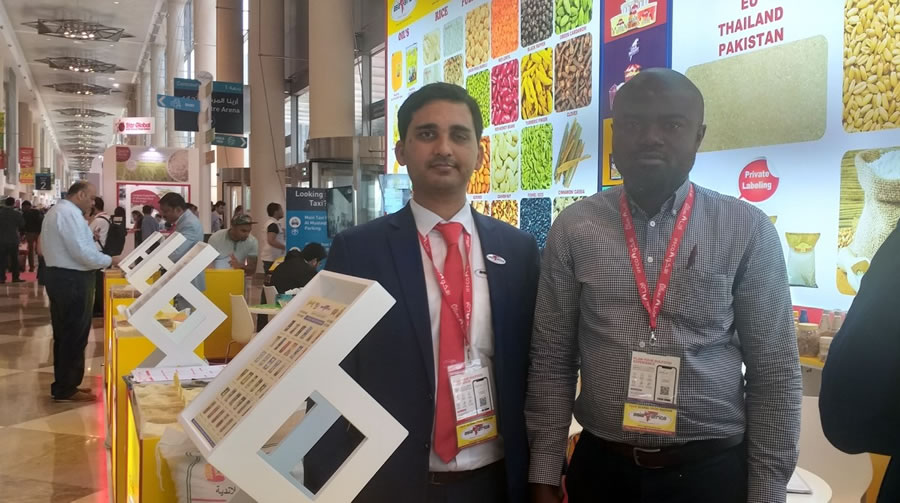


Trading
Our trading business is in three categories - manufacturing, local supply of raw material and export of agricultural commodities to international buyers. These categories create bigger, better and more sustainable market for our smallholder farmers allowing them to start farming as a business rather than just at a subsistence level.





